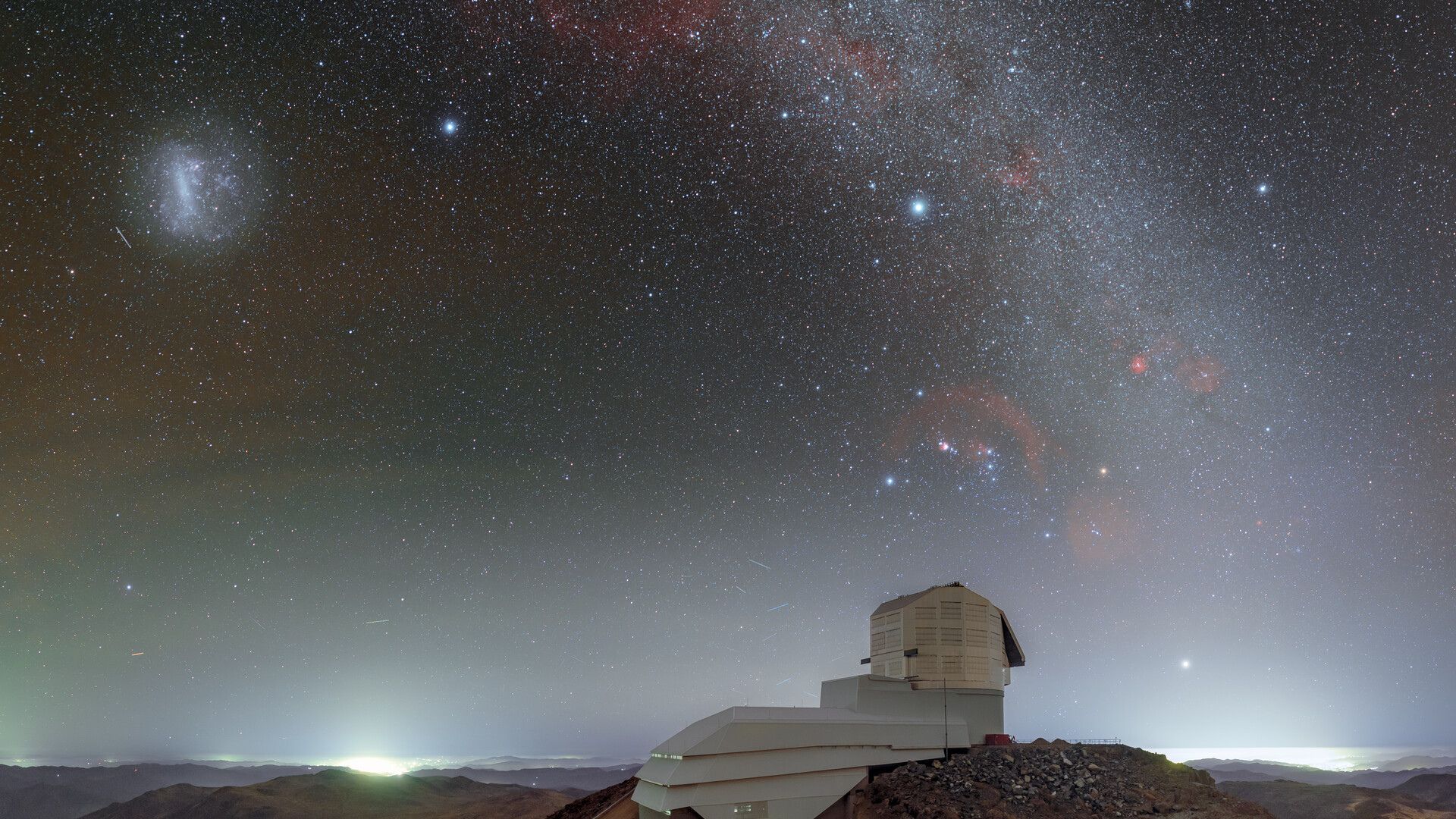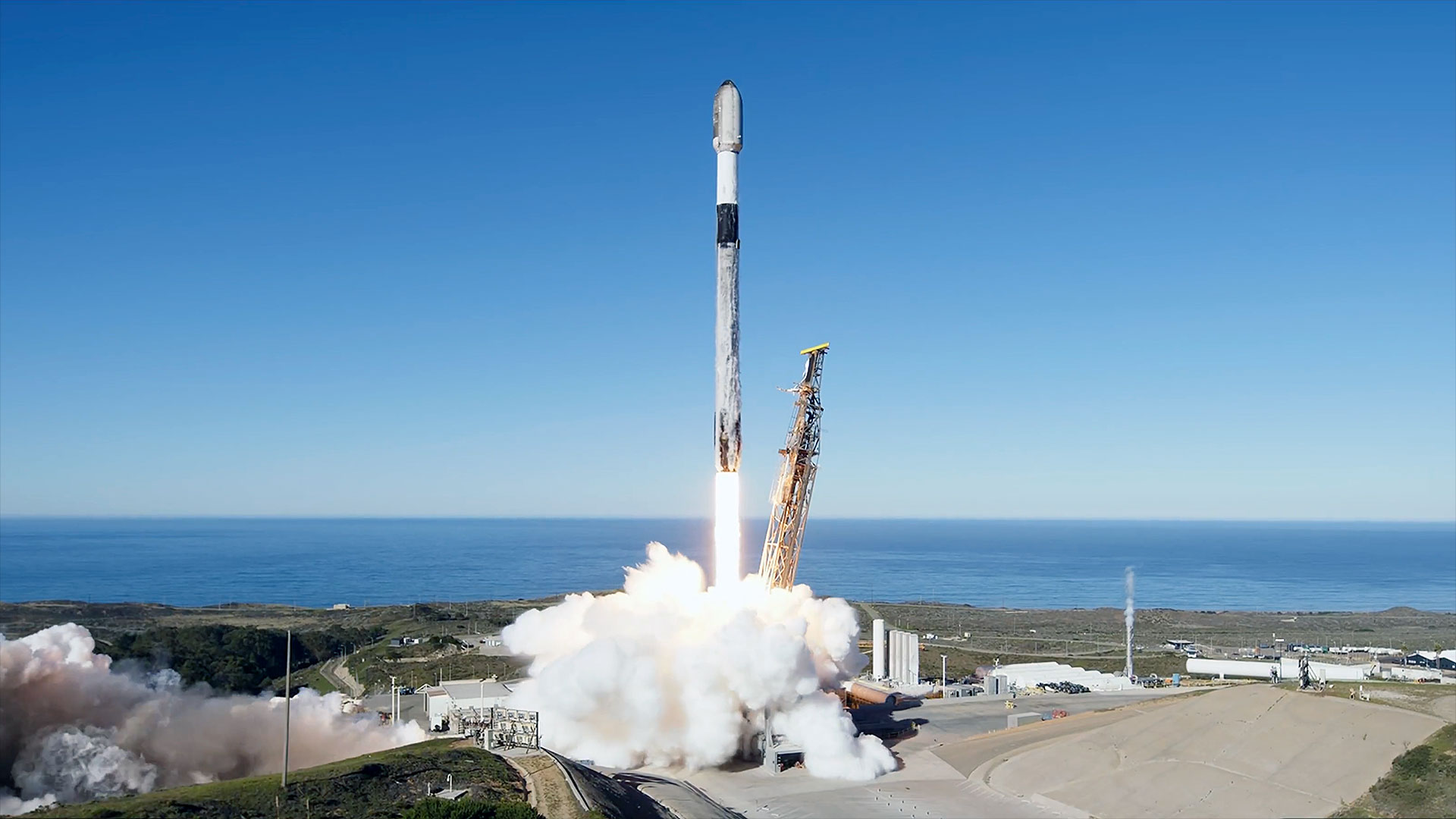Milky Way dazzles over Vera Rubin Observatory | Space photo of the day for Oct. 24, 2025
It's a fitting portrait of the facility that will soon transform our understanding of the dynamic universe by capturing millions of celestial changes every night.

Named for the pioneering astrophysicist Vera C. Rubin, whose work confirmed the existence of dark matter, the Vera C. Rubin Observatory stands as one of the most ambitious ground-based telescopes ever built.
Rubin's mission is to survey the entire southern sky every three nights, using its 8.4-meter Simonyi Survey Telescope and a record-breaking 3.2 gigapixel LSST Camera, the largest digital camera.
What is it?
This image captures the Rubin Observatory beneath a dazzling sweep of the southern Milky Way galaxy, with the Large Magellanic Cloud glowing softly to the left. The Milky Way's arc above mirrors the vast field Rubin will soon observe in exquisite detail, night after night, as it builds the most comprehensive record of the changing night sky ever attempted.
Where is it?
The Rubin Observatory is located at the summit of Cerro Pachón in the Chilean Andes mountains.
Why is it amazing?
Now that it's fully operational, Rubin is embarking on a 10-year-long survey, known as the Legacy Survey of Space and Time (LSST), which will record the positions, brightness and motions of billions of celestial objects. The amount of data it will collect is so large that astronomers working at the observatory need an electronic 'data butler' to help manage the telecope's images.
Using its camera, Rubin will detect up to 10 million transient changes in the sky every single night, from asteroids to supernovas.
Want to learn more?
You can learn more about the Vera C. Rubin Observatory and other ground-based telescopes.
Breaking space news, the latest updates on rocket launches, skywatching events and more!
Kenna Hughes-Castleberry is the Content Manager at Space.com. Formerly, she was the Science Communicator at JILA, a physics research institute. Kenna is also a freelance science journalist. Her beats include quantum technology, AI, animal intelligence, corvids, and cephalopods.
You must confirm your public display name before commenting
Please logout and then login again, you will then be prompted to enter your display name.

